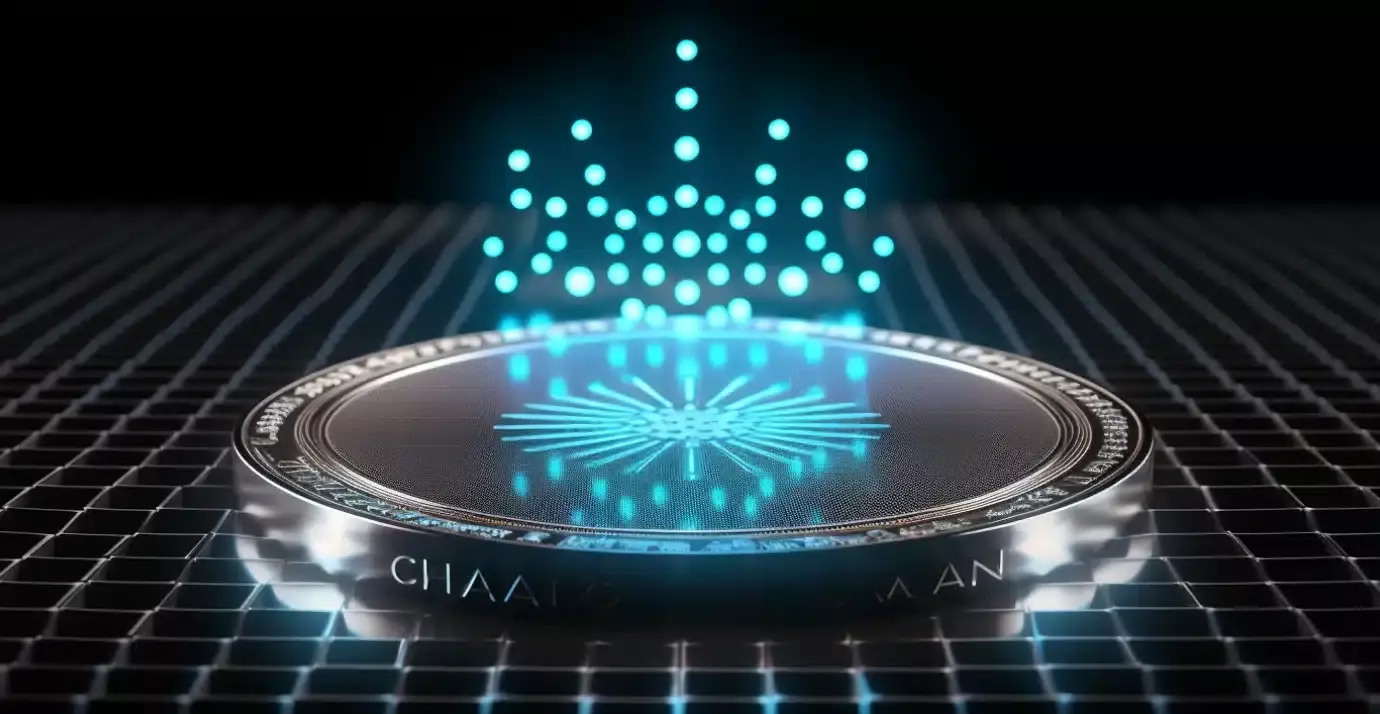Cardano creator Charles Hoskinson recently addressed the fear, uncertainty, and doubt (FUD) surrounding the development project known as Hydra. Hydra, a layer-two scaling solution aimed at improving the transaction processing capacity of the Cardano blockchain at a lower cost, was rumored to have been abandoned. However, Hoskinson made it clear that Hydra is still actively being worked on and is even more productive and motivated than ever.
Hydra within the Cardano ecosystem serves as an open-source framework for constructing off-chain ledgers. By allowing developers to leverage blockchain technology more efficiently, Cardano claims to offer enhanced scalability and efficiency. The protocol operates through independent state channels, known as Hydra Heads, which manage off-chain transactions. This design ensures swift and efficient operations while maintaining Cardano’s core principle of decentralization.
Challenges and Opportunities for Hydra
Although Hydra promises improved scalability and efficiency for the Cardano network, its success ultimately depends on adoption by developers, businesses, and users. A research paper published by Cardano ADA delves into the technical complexities of Hydra, showcasing its potential to revolutionize blockchain technology. Hoskinson’s involvement in dispelling misconceptions and emphasizing Cardano’s commitment to interoperability with chains like Ethereum solidifies the project’s credibility.
Grayscale’s Dynamic Income Fund (GDIF) recently excluded Cardano from its list of supported cryptocurrencies, sparking discussions within the crypto community. The fund, designed for staking cryptocurrencies to generate income, includes assets from nine blockchains but notably left out Cardano. This exclusion raised questions about Cardano’s yield, which stands at 3.05% compared to other projects like Osmosis and Polkadot with higher yields at 16.52% and 10.76%, respectively.
Investment Strategy and Market Capitalization
The decision to include projects like Solana and Ethereum in GDIF over Cardano reflects Grayscale’s strategy to prioritize coins with higher returns and market capitalization. Solana and Ethereum, both with a combined worth exceeding $540 billion, are among the most traded coins in the market. Their inclusion in the fund is logical from an investment perspective, as it could potentially lead to price increases and enhanced security against attacks.
While addressing FUD surrounding Hydra’s development is crucial for maintaining trust and credibility, Cardano’s exclusion from Grayscale’s fund highlights the challenges the project faces in competing with other high-yield, high-market-cap cryptocurrencies. Moving forward, continued development and efforts to drive adoption will be key for Cardano to solidify its position in the ever-evolving blockchain landscape.


Leave a Reply